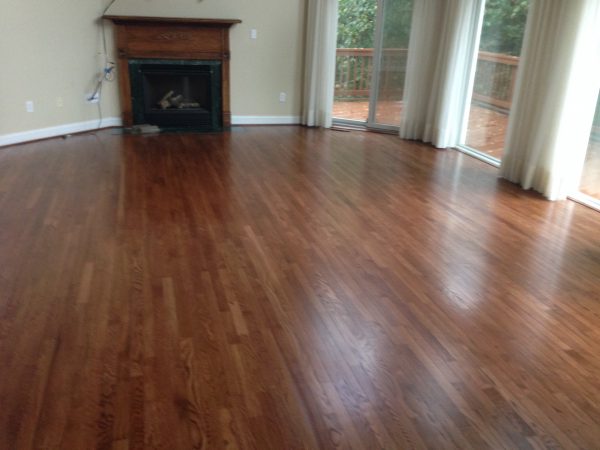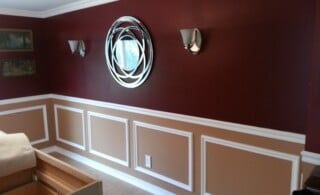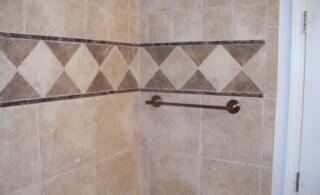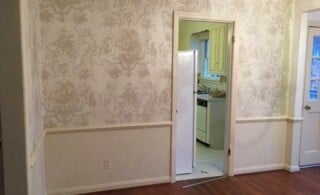
When repairing a wall, it is often that new drywall must be put up or the old needs to be fixed. Even if you just want to paint an existing space, there is almost always areas that need patched with mud or spackling. There are many concerns from homeowners over repairing the walls, but there is another method, it’s called sponging or wet sanding and it leaves virtually no mess.
Wet sanding allows you to put up the drywall screens and sanders and try a new method. While it does take a little getting used to, you will love the fact that you don’t look like a ghost when you’re done getting your walls paint worthy. So how does this process work and is it effective? Yes, it does work and yes, it is totally effective. Here is a list of what is needed to be able to sponge the spackling off walls:
- Sponges with both rough and smooth side
- Bucket of water
- Plastic tarp (to protect carpeting)
It all starts with the simple bucket of water and a sponge. Make sure it is a good quality sponge or it will tear within a few minutes. For places where the drywall mud or spackling is thicker, use the rougher side. The smooth side can be used for fine finishes and a quick pass over the mud. The key is to rinse the sponge often and to make sure to get it clean. The mud can clump over time and make the sponge ineffective. Always have several sponges ready to go because one sponge will not be efficient for a single project.
Begin working the area and wiping away the excess mud. A word of caution, the mud will quickly wipe away and it is easy to remove more than what is necessary. If this happens you will find yourself having to mud and wet sand again. Make sure to have to feel the area you’re sponging often and make sure it is smooth. Just like in sanding, the goal is to keep the area smooth and a flat surface that can be painted. You can be sure that anything that is not smoothed properly will show in the final product. Painting a wall a bright color will only show the imperfections even more.
There are many advantages to using this method, even though some say it takes a lot longer. The advantages are:
- No loud sanders
- No drywall dust
- No need to mud and sanding multiple times
- Gives a clean and finished look
- No cleaning the walls to prep for painting
It is important to be careful when doing this method, as the floor can get wet rather quickly. Also, because you are using water to wet sand the wall, it is of equally importance to make sure the wall doesn’t get too wet. The sponge must be thoroughly wringed out in order for the walls to remain intact. Because drywall or gypsum board is made from water soluble materials, too much water can be a recipe for disaster. This method takes a great deal of practice to get the perfect strokes and rhythm going.
The worst part of repairing any walls is the dust that is formed from sanding. While it is a mess regardless of which method is chosen, wet sanding gives more of a clean finish without the white powdery substance all over everything.
 Decorative Moldings: The Perfect Cover-up
Decorative Moldings: The Perfect Cover-up  Wood Veneer: An Upside to Being Shallow
Wood Veneer: An Upside to Being Shallow  Ceiling Mirrors – Considerations, Types & Options
Ceiling Mirrors – Considerations, Types & Options  The Basics of Ceramic Wall Tile Installation
The Basics of Ceramic Wall Tile Installation  Wallpaper Prep
Wallpaper Prep 

Are You Familiar With This Topic? Share Your Experience.